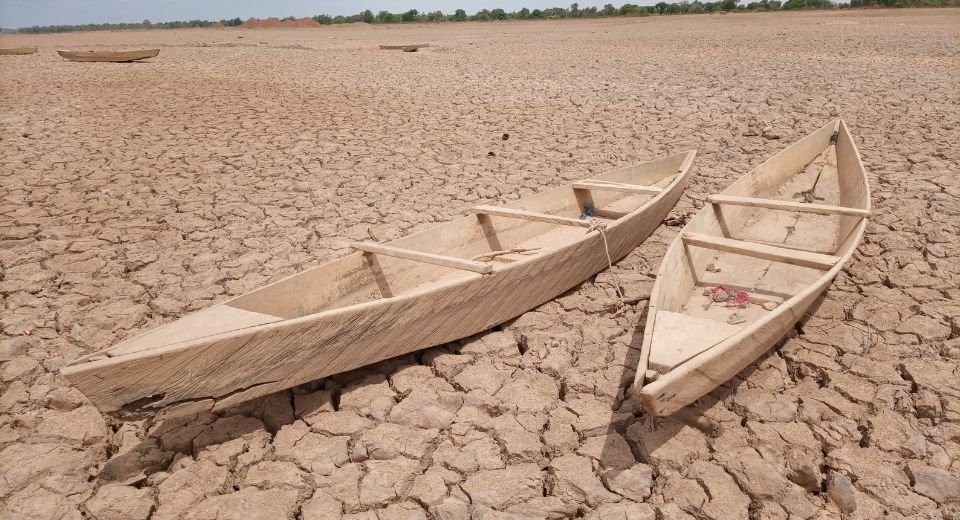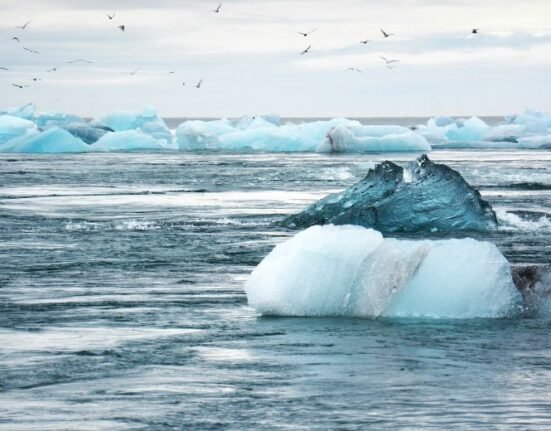HQ Team
December 29, 2022: Global warming and climate change are not abstract terms that environmental scientists and researchers are using; the changing weather patterns and unprecedented storms and unseasonal rains are facts in evidence.
The world must brace for a possible El Nino next year, a climate pattern expected to drive up temperatures and trigger upheavals across the globe. Adding to the climate upheaval will be the end of the three-year-long La Nina effect that lowered the sea temperature in the Pacific, and brought down the rising global temperatures. It is predicted that the end of La Nina will see record-high temperatures in 2023.
According to Australia’s Bureau of Meteorology and the Columbia Climate School Research Institute for Climate and Society, the La Nina is fading away and the world will enter into a neutral phase called the El Nino Southern Oscillation (ENSO) before transitioning into the El Nino phase.
The last eight years are on track to be the hottest on the books, according to the World Meteorological Organization (WMO).
Global temperatures and 1.5 C
Predictions suggest it will be the 10th year in a row that the global temperature is at least 1C above average. Temperatures in 2023 are forecast to be between 1.08C and 1.32C above the pre-industrial average. The Intergovernmental Panel on Climate Change (IPCC) chair Hoesung Lee said at the COP27 Summit in November, “We are not on track today to limit global warming to 1.5 degrees Celsius. The time for our collective action is now.
“With increasing global warming, losses and damages will increase, and additional human and natural systems will be pushed to adaptation limits. Therefore, the prerequisite to successful adaptation is ambitious mitigation to keep global warming within limits, particularly below 1.5°C – through immediate and deep cuts in the emissions of greenhouse gases.”
“Next year the natural and temporary braking effect of La Niña will wane. The full-on gas pedal will invigorate warming over the coming year and continue into the future, along with more severe wet, dry and hot extremes, until policies are in place to achieve net zero greenhouse gas emissions,” said Richard Allan, professor of climate science at University of Reading.
Temperatures in 2022 saw many records in numerous parts of the world, including Australia, Europe and the US. Wildfires, ice storms and unprecedented rains saw lives and business coming to a halt.
“This year we have faced several dramatic weather disasters which claimed far too many lives and livelihoods and undermined health, food, energy and water security and infrastructure,” WMO Secretary-General Petteri Taalas said in a statement. “One-third of Pakistan was flooded, with major economic losses and human casualties. Record breaking heatwaves have been observed in China, Europe, North and South America. The long-lasting drought in the Horn of Africa threatens a humanitarian catastrophe.”
Rising temperatures are predicted to lead to devastating effects on humans and nature, including more drought, desertification and heat-related illness.









7 Comments